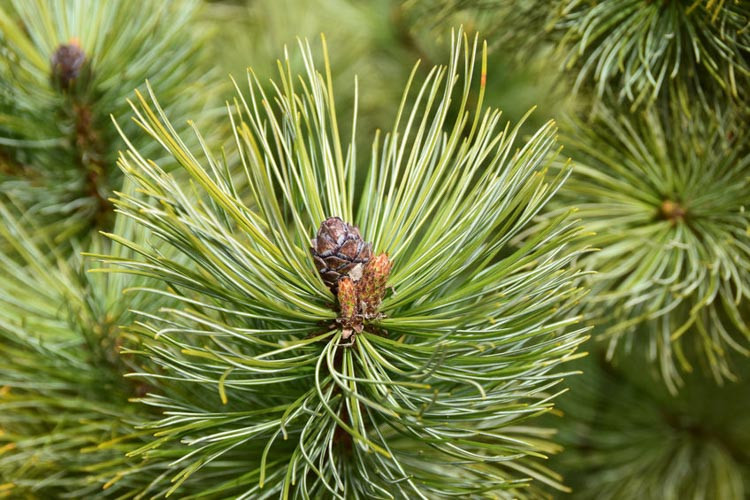Pinus (Pine)
Pinus can be small shrubs or large, evergreen trees and are easily distinguished from other conifers with their long needles, which grow in bundles of 2, 3 or 5. Native to most of the Northern Hemisphere, they are long-lived and very ornamental with their soft needles, their showy cones which may fall or remain on the tree for years. Even their bark is particularly attractive, either thick and scaly or thin and flaking. Pines make outstanding contributions gardens of all sizes. Some are ideal for rockeries or even containers, others make magnificent specimens. All are easy to grow as long as the soil is well-drained.

